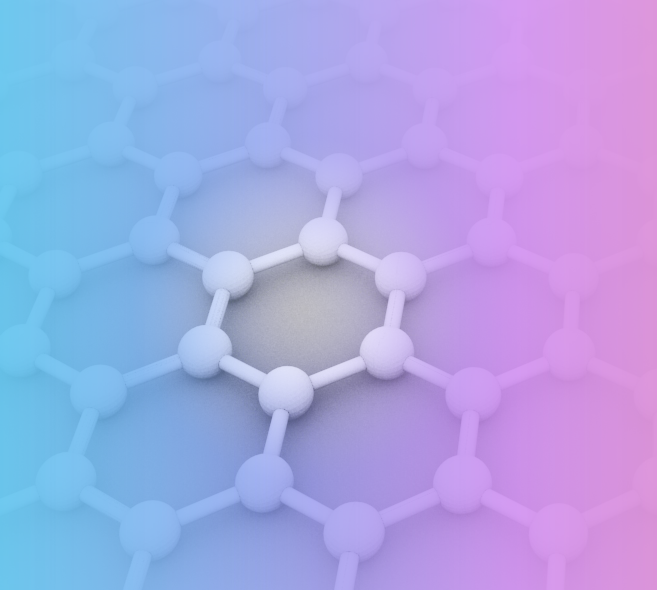Graphene’s first visit to the stratosphere

The Centre for Advanced Two-Dimensional Materials (CA2DM) at the National University of Singapore (NUS) has collaborated with the US-space travel company Boreal Space to investigate the properties of graphene after entry into the stratosphere. If the results are encouraging, graphene could be used in technology in outer space.
“The use of graphene on earth was already discovered during the last decade. Now we want to find out about the possibilities of its use in space travel. Outer space constitutes the last border for graphene research and this is, I believe, the first time that graphene has entered the stratosphere”, says Professor and project manager Antonio Castro Neto, director of NUS CA2DM.
Pushing the boundaries with graphene
Two-dimensional graphene has a unique set of features: it is extremely flexible, harder than a diamond and yet stronger than steel. The potential for its use in outer space has long been noticed but they have not been practically tested so far. “To move a spacecraft over long distances in outer space requires enormous acceleration and velocity, which is only possible with very low mass. So, graphene is the ideal material since it is one of the lightest and simultaneously strongest functional materials we know. It is further ideally suited for use in the low temperatures of outer space as well as in case of lack of oxygen, because it has great electrical performance”, Prof. Castro Neto explains.
Prof. Barbaros Özyilmaz, head of graphene research at NUS CA2DM and his team prepared the material for this space odyssey by putting only one layer of graphene on a substrate. This layer was only 0.5 nm thick – 200 times thinner than a human hair. The sample was then built into a Boreal Space research rocket. The rocket was launched over the Mojave-desert. During the start, the satellite was sent into a suborbital area and the graphene was then exposed to harsh conditions such as fast acceleration, vibration, acoustic shock, high pressure and broad variations of temperature. After just 71 seconds, the sample re-entered the earth’s atmosphere and landed in the Mojave-desert with a parachute.
The sample was removed the same day and the research team is now conducting tests to find out whether the structural properties and stability of the material were impaired during the start or landing. “If the graphene kept its properties and features even after being sent to the suborbital area, this would open up many new and interesting possibilities for the use of graphene in space technology”, says Prof. Castro Neto. Barbara Plante, president of Boreal Space adds: “I am convinced that graphene will play a crucial role in the commercialization of space. This and other starts will show the future applications of graphene-based technologies in outer space.”